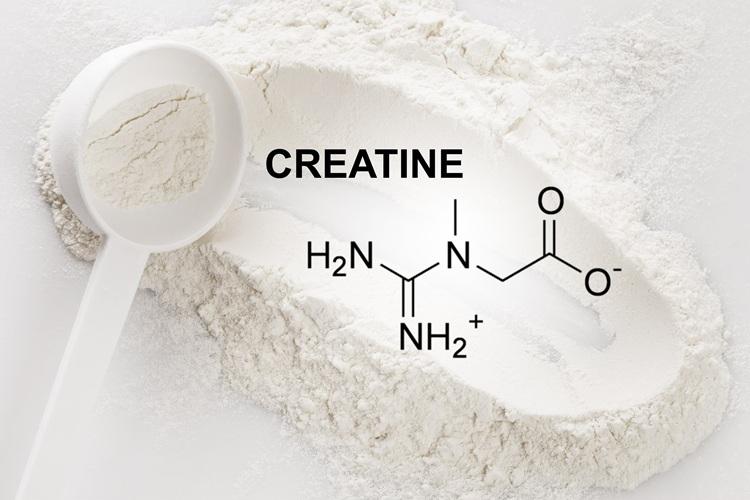Enlarged Prostate Treatment Options, Symptoms, & Side Effects

June 26, 2025 by Robert Dowling
Benign prostatic hyperplasia, or enlarged prostate, is a common ailment that affects men as they age. About 30% of males exhibit moderate to severe prostate enlargement symptoms by the age of 60, and 50% do so by the age of 80. Uncomfortable symptoms related to the urinary system, such as having a weak or intermittent urine stream, frequent nighttime awakenings for urination, and difficulty emptying the bladder, can be caused by an enlarged prostate gland. There are several enlarged prostate treatment options, from behavior modification drugs to surgery.
Prostate Enlargement Symptoms
The AUA (American Urological Association) has created an index for BPH Symptoms to assist your doctor in understanding how uncomfortable prostate enlargement symptoms are for you. This is a quick survey that inquires about particular symptoms and how often they happen. Your score is calculated on a mild to severe scale, with a number assigned to each answer.
Mild symptoms are defined as a score of 0-7, while moderate to severe symptoms are defined as a score of 8 or higher. Depending on how severe the symptoms are, the AUA suggests the following course of action for treating an enlarged prostate:
Mild symptoms (0 to 7): Watchful patience is the best course of action if your symptoms don’t disturb you and don’t interfere with your day-to-day activities. Regular check-ups are necessary to ensure that no issues are developing.
Moderate symptoms (8 or more): You can choose for cautious waiting if your symptoms don’t disturb you. If the symptoms do become bothersome, still, you have three options: medication, surgery, or a minimally invasive treatment.
Moderate to severe with complications (8 or more): You could require a catheter, surgical procedures, or other therapy if your symptoms are unpleasant and you’ve developed complications including the inability to urinate.
Also Read: Fluxactive Complete Reviews
Enlarged Prostate Treatment Options
Alpha blockers
These drugs relax the muscles in the neck of the bladder as well as the prostate’s muscle fibers. Urinating is made easy by the relaxed muscles. If you use an alpha-blocker, you should notice a decrease in the frequency of your urination and an increase in the flow of urine within a couple of days.
5-alpha reductase inhibitors
By inhibiting the chemicals that promote the growth of the prostate gland, this kind of drug shrinks the prostate gland. Two different kinds of 5-alpha inhibitors are finasteride (Proscar) and daltasteride (Avodart). 5-alpha reductase inhibitors usually relieve symptoms after three to six months.
TUNA treatment
Transurethral needle ablation is referred to as TUNA. During this surgery, a targeted area of the prostate gland is burned by high-frequency radio waves that are administered using twin needles. Compared to invasive surgery, TUNA improves urine flow and reduces complications associated with BPH symptoms.
Burning sensations are possible after this outpatient surgery. By blocking the nerves inside and adjacent to the prostate with an anesthetic, the pain can be controlled.
Also Read: ProtoFlow Reviews & Scam
Laser surgery
A scope is inserted into the urethra through the tip of the penis during laser surgery. Prostate tissue is removed via melting or cutting using a laser that is passed via the scope. In a process known as prostate’s photoselective vaporization, the laser melts extra prostate tissue.
Similar procedures, albeit with a different kind of laser, are utilized in holmium laser ablation (HoLAP). During Holmium laser enucleation (HoLEP), the surgeon uses a morcellator to cut and remove superfluous tissue into tiny sections. The laser is used to cut and eliminate excess tissue.
Medication combo
Taking an alpha-blocker with a 5-alpha inhibitor together reduces symptoms more than using either of these medications by itself. When an alpha blocker and 5-alpha reductase inhibitor aren’t functioning on their own, combination therapy is frequently advised. Doctors frequently prescribe dutasteride with tamsulosin or finasteride and doxazosin together. The combination of dutasteride and tamsulosin is supplied as a single tablet containing both medications.
Also Read: Prostadine Reviews & Complaints
Prostate Health Supplements
All the above-mentioned enlarged prostate treatment options are common but complicated when it comes to safety and side effects. Where, drugs and medication could have some serious side effects and aftermath complications, surgeries should always be the last option. When it comes to holistic, safe and effective approach towards prostate health, herbal supplements are always the best choice.
Herbal supplements for prostate health are formulated with 100% natural ingredients that are clinically tested and scientifically proven to support prostate health. These supplements usually include herbs, plant extracts, vitamins and minerals like graminex flower pollen extract, grape seed extract, ginseng, saw palmetto, muira puama, catuaba, hawthorn berries, zinc, vitamin C, and vitamin D.
There are lots of supplements for prostate available on the market and online stores like Amazon and Walmart. But, only few of them are actually effective and potent to give positive results.
It is also important to inform that these herbal supplements should be considered as preliminary treatment to cure initially symptoms of BPH and prevent the growth of the symptoms. If you are suffering with serious BPH condition or suffering with BPH cancer, then it is recommended to talk to your doctor for treatment and cure.
Talking about herbal prostate supplements, we at Honest Pro Review, have reviewed some of the most popular and potent prostate supplements that work, such as Prostadine, FlowForce Max, Red Boost and more.
Also Read: FlowForce Max Reviews
Side effects of treatments
While it is rare, some BPH therapies can lead to erection issues. Men who typically get erections before surgery are unlikely to experience problems afterwards. Retrograde ejaculation is when a man ejaculates into his bladder rather than through his urethra as a result of certain therapies. Although it can still be achieved with more advanced assisted reproductive techniques, fertility rates can also be impacted.
Concluding Remark
Your options for enlarged prostate treatment may be impacted if you have additional medical conditions, particularly if you are taking a blood thinner and are unable to stop using it. For example, undergoing general anesthesia during surgery for pulmonary (lung) disease or obstructive insomnia could be too dangerous for you. Spinal anesthesia, however, might be a possibility for you. Alternatively, you could want to have a less invasive office treatment done without any kind of anesthesia.
Also Read: Prostate Plus Reviews






